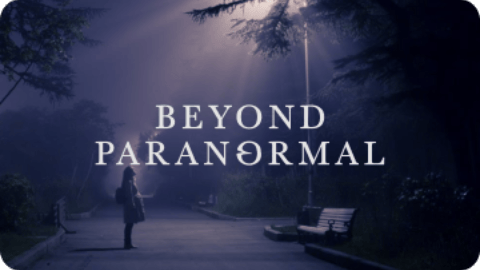For businesses of all types, video can be an invaluable tool for achieving goals. Whether you need to inform, persuade, sell, engage, activate or do most any other verb, there’s a video for that.
In this post, we’ll describe a few different types of stories that can be told using video, with categorization by shelf-life and subject matter. We’ll also offer a few examples of each story type and explain how it contributes to your end goals. Whether you’re a web publisher, app developer, brand marketer or educator, we hope this article will uncover new ways you can use video to bring value to your audience and your business.
1. Evergreen content
Just like its namesake, an evergreen video maintains its freshness for an indeterminate period of time. Examples include recipes, DIY tutorials, fitness videos - basically anything that will remain relevant year ‘round. And if they’re interesting enough, maybe even year after year.
The benefits of evergreen video stem from their extended lifespan. As long as the content is compelling, new visitors will continue to discover it. With no ongoing maintenance, you can continue to enjoy elevated traffic and attain a more valuable position in search engine rankings long term.
2. Timely content
The opposite of evergreen videos, timely (or fresh) videos are those covering a topic that is applicable to a specific moment in time. The biggest example is breaking news, but other types include product launches, celebrity gossip and, for the most part, viral videos.
Whereas the benefit of evergreen videos is derived from longevity, timely videos’ value comes more from quick popularity. Put another way, one hit video won’t necessarily drive long term lifts in audience or search engine ranking. It may, however, attract a massive influx of new users to your site. Once they’re there, you have the opportunity to engage them with other content, turning short term volume into longer-term gain.
3. Update content
Update content is exactly what it sounds like - a story that is related, but brings a new element to a story that already exists. Examples include reviews (e.g., movies or products), event recaps and follow-ups to existing stories.
Update content is generally informative. At the same time, it can be used to share opinions and persuade audiences. To amplify its level of engagement and ability to drive traffic, you can leverage tactics like anticipation/reveal or be intentionally provocative. The lifespan is primarily medium, however some subject matter may result in a longer or shorter shelf life.
4. Retrospective content
While update content adds to something that exists, retrospective content often looks back at a person, place, event or thing. It might provide a more in-depth take on its subject, reframing or adding new context to past events. Examples include documentaries, highlight reels, biographies and trend stories.
The lifecycle of retrospective content is less linear than that of the other content types. As with other categories, the story may fade from view after it’s first published, however if the subject again rises to prominence, it returns to relevance and can be published anew. Each leg of the cycle may be short, but it can be revived again and again, indefinitely.
5. Seasonal content
Seasonal content refers to stories tied to specific events or celebrations that are temporary but recurring. By its nature, seasonal content has a predetermined lifespan, however, in many cases, it can be reused each “season.” Examples include stories about spring break travel, Thanksgiving entertaining, Christmas gift ideas and back to school shopping.
This type of story is great because seasons are predictable. You know exactly when the content will be relevant, and you can prepare as far in advance as you need. You also needn’t stick to the traditional idea of a season or holiday. In fact, just about any time-related trend can receive this type of treatment.
This article shed light on several different types of stories that can be told with video to help drive engagement and deliver on your content program objectives. In order to maximize the return from your video investment, we recommend leveraging a mix of styles, then monitoring performance so you can adjust the balance to optimize results.
Are you excited to learn more? Make sure to subscribe to stay up to date on the latest VideoElpehant insights.







